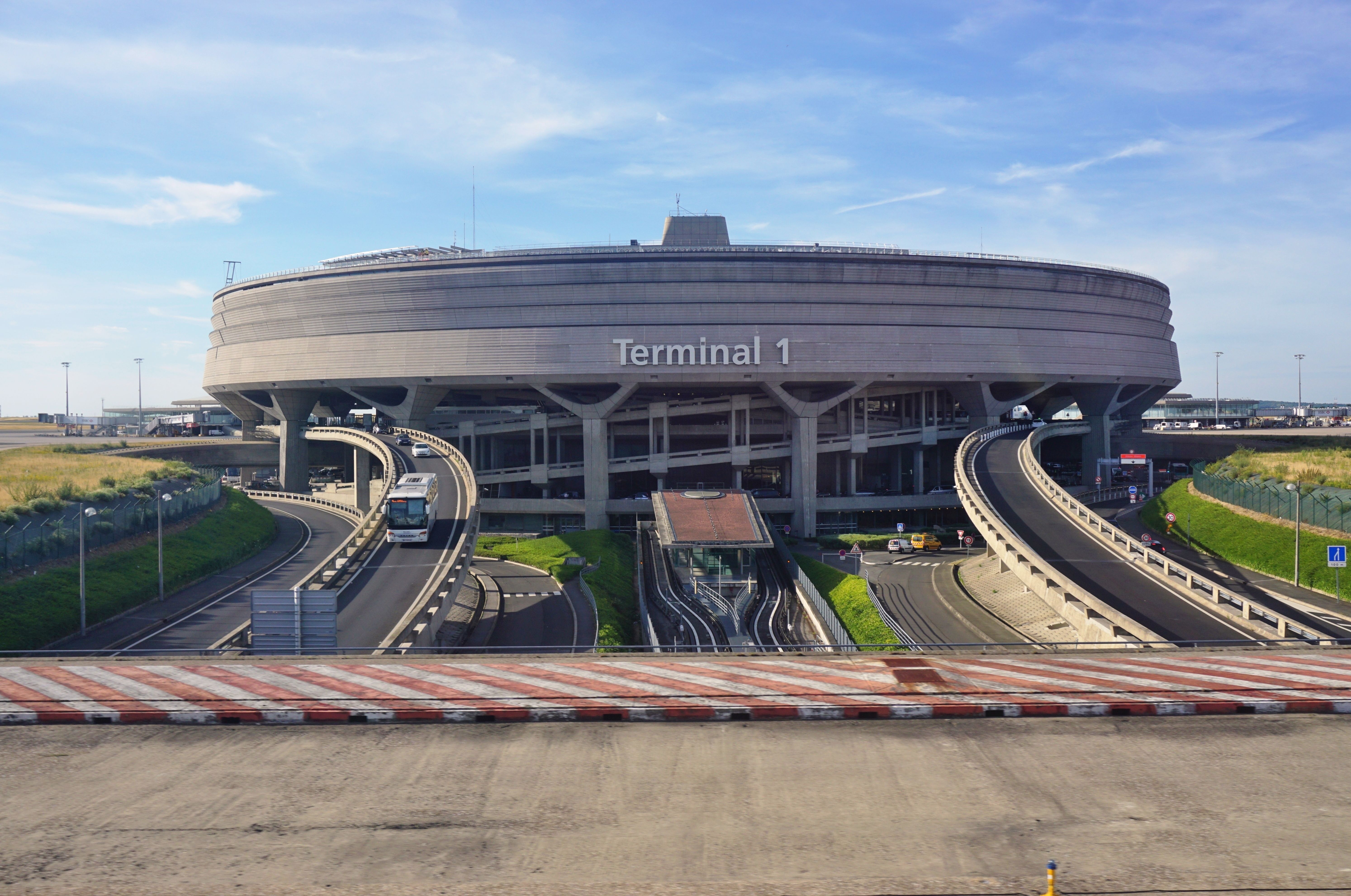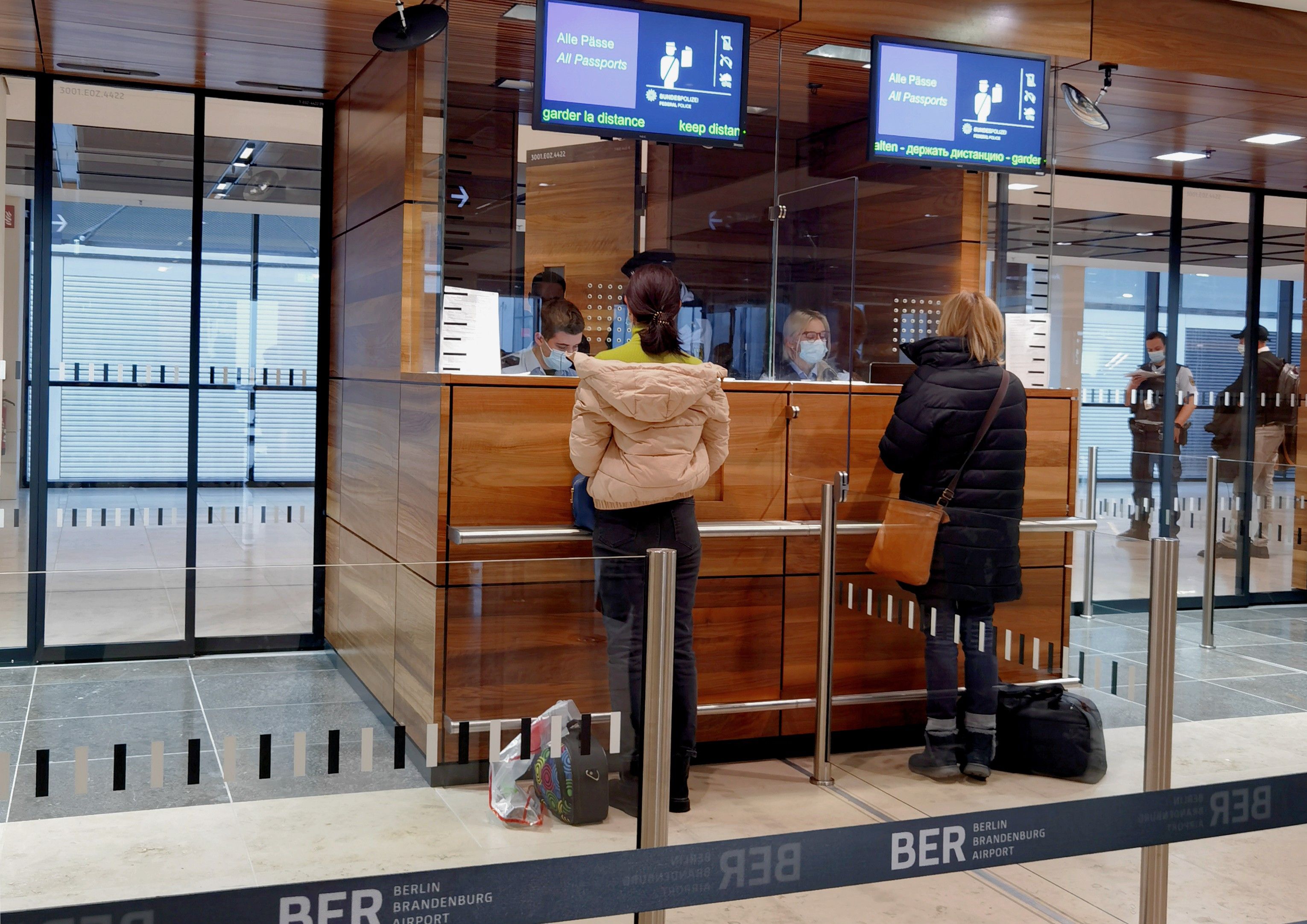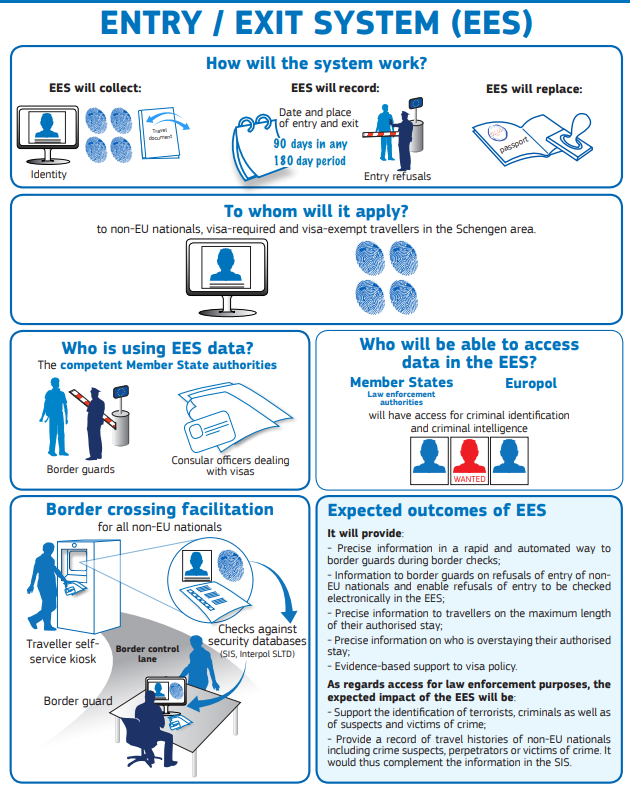Airlines and aviation groups have welcomed the delay of the European Union's new Exit/Entry digital border system amid claims that the system is still far from ready. While the system has support in principle, there are still several issues that need to be addressed before it is rolled out. Let's take a closer look below.
EU Exit/Entry System setback
The EU's new Exit/Entry System (EES) has been delayed until the end of 2023, the second time it has been pushed back after an initial 2022 launch date was moved to May 2023. Surprisingly, news of the delay has been met positively by leading European airline and aviation bodies, which claim the system is still facing multiple issues.
In a joint statement, Airport Council International Europe (ACI EUROPE), Airlines for Europe (A4E), European Regions Airline Association (ERA), and the International Air Transport Association (IATA) said they welcomed the decision to push EES back until the end of the year. The statement said,
"The EES will be a game changer for how the EU’s borders are managed. There are, however, a number of issues which must be resolved to ensure a smooth roll out and operation of the new system so that air passengers do not face disruptions."
For those unfamiliar with the new system, the EES is "an automated IT system for registering travelers from third-countries, both short-stay visa holders and visa-exempt travelers, each time they cross an EU external border." It is set to replace the stamping of passports and is touted as a more efficient system capable of compiling accurate border data and automatically detecting overstays. Travelers will scan their passports at a self-service kiosk, which will also register biometric data to be retained for three years.
What are the issues?
While EES has excellent potential to establish a smooth and efficient border control system on paper, aviation groups have criticized several shortcomings, including a lack of resources. The joint statement lists the following issues:
- Wider adoption and effective implementation of automation at national border crossing points by national authorities.
- Funding by Member States to ensure a sufficient number of trained staff and resources are deployed to manage the EU’s external border, particularly at airports.
- Deployment of sufficient resources to support the implementation of new procedures by airports and airlines.
- The need for a public communications campaign to alert third-country nationals to the new requirements.
The agency in charge of operating the IT system, eu-LISA, has also been advised to strengthen its ties to the aviation industry and international partners to ensure the system functions optimally. In light of high-profile IT-related incidents in the aviation industry recently, including the major Southwest meltdown and the outage of the FAA's NOTAM system, anything short of a fully-functional and reliable IT system would bring further unwanted attention to the industry.
The joint statement added,
"Postponing implementation until after the busy 2023 summer period will give airlines, airports and EU and national authorities the opportunity to resolve these issues and ensure the system is fully tested. We therefore urge all those involved to make the best use of the extra time now available to address the outstanding issues and ensure enough resources are deployed for its introduction."
Discover more aviation news with Simple Flying.
What is causing the delay?
The system has been delayed twice now, primarily due to contractors failing to meet deadlines. In order for the system to work, automated EES barriers need to be installed at every land, air, and sea international border in the Schengen Area. Authorities are set to publish a new timeline in March, with EES now expected to go live before the end of 2023.
EES will hopefully be ready in time for the rollout of the European Travel Information and Authorisation System (ETIAS), the European Union's new electronic authorization system, which is slated for a November 2023 entry. Designed in a similar vein to the US' ESTA system, ETIAS will charge travelers €7 ($7.58) for a visa waiver authorization to visit Schengen Area countries on a short-term basis - around 1.4 billion nationals from over 60 visa-free countries will need to apply for ETIAS from November 1st.
Do you support this move to an IT-based border system? Let us know in the comments.



